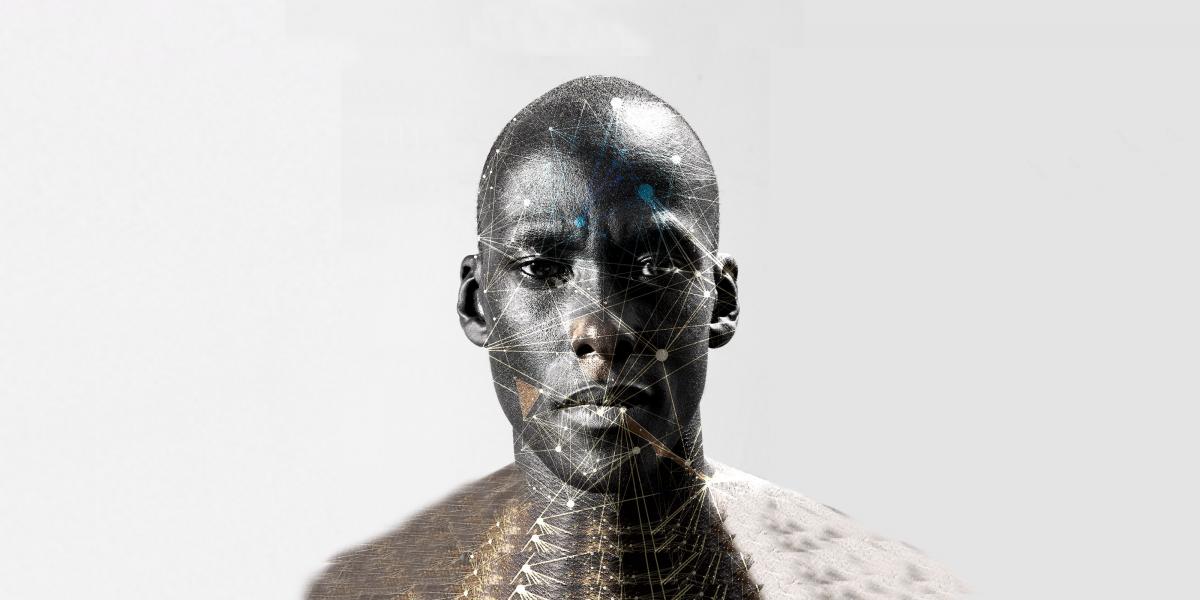Artificial Intelligence Can Help Fill Gaps in Vital Statistics
Technology has potential as a demographic tool.
The science of demography uses data on life’s bookends—birth and death—to calculate key public health indicators like life expectancy and infant mortality rates.
In many low- and middle-income countries, however, accurate data is hard to come by, leading to skewed population analyses. A recent survey, for example, incorrectly suggested that in some African countries, the mortality rate of people over 70 was lower than that of their counterparts in the U.S. One possible reason? In the African survey data, some people had overstated their age.
“Sometimes people get [their birth] registered very late in life, when they need to vote ... or go to school for the first time, so in many cases the exact [birth] date is not really known,” says Stéphane Helleringer, PhD, a social demographer and associate professor in Population, Family and Reproductive Health.
To improve demographic accuracy, Helleringer is exploring the use of machine learning and computer vision—teaching computers to analyze and extract data from images—to estimate age in LMICs with deficient demographic data.
Helleringer evaluated this approach in rural Senegal in a population whose ages are known because of the community’s inclusion in a separate demographic study.
Two local women, trained by Helleringer’s research team, photographed the faces of 350 women using mobile phones. A group from Johns Hopkins’ Biomedical Engineering Department then trained the computer to analyze each image by processing thousands of aging-related variables—wrinkles, sagging skin, discolorations—to estimate each woman’s age.
The findings, published January 29 in Demographic Research, are promising. The system had a 96 percent accuracy rate in distinguishing women of reproductive age from those over 50, the primary task of the exercise, and correctly estimated a woman’s age within four and a half years on average.
Helleringer is enthusiastic about the technology’s potential in demography. He has plans to use larger photo datasets to improve accuracy and to explore computer vision’s potential in measuring BMI and health behaviors such as smoking.
